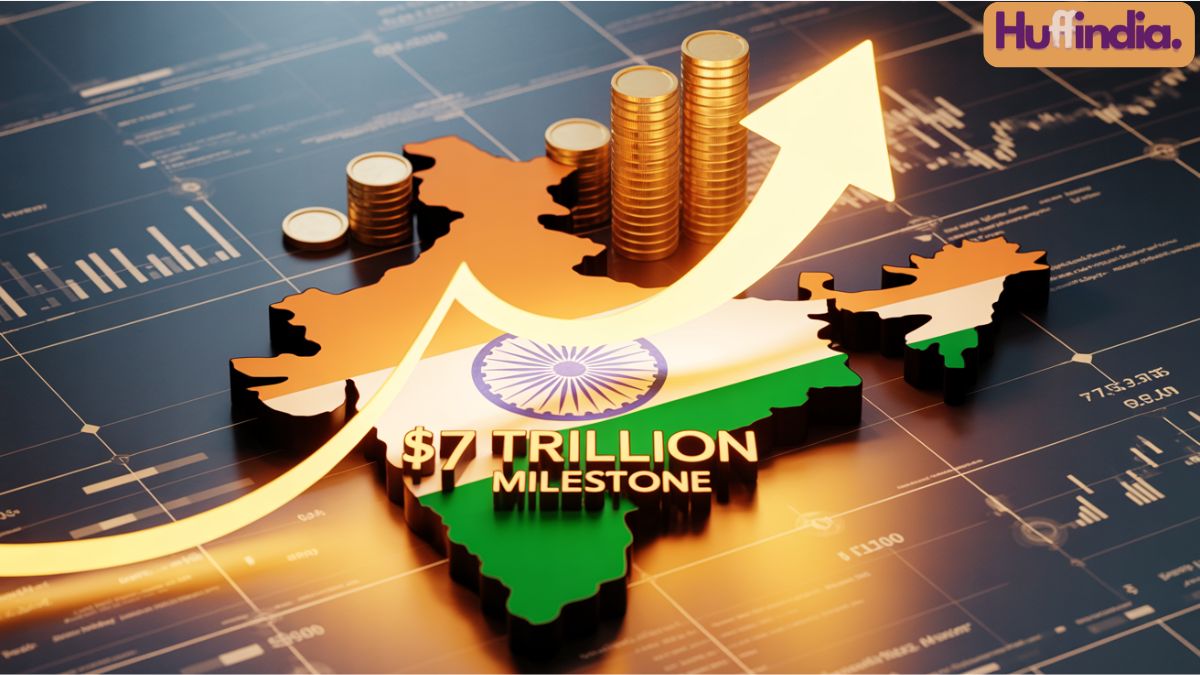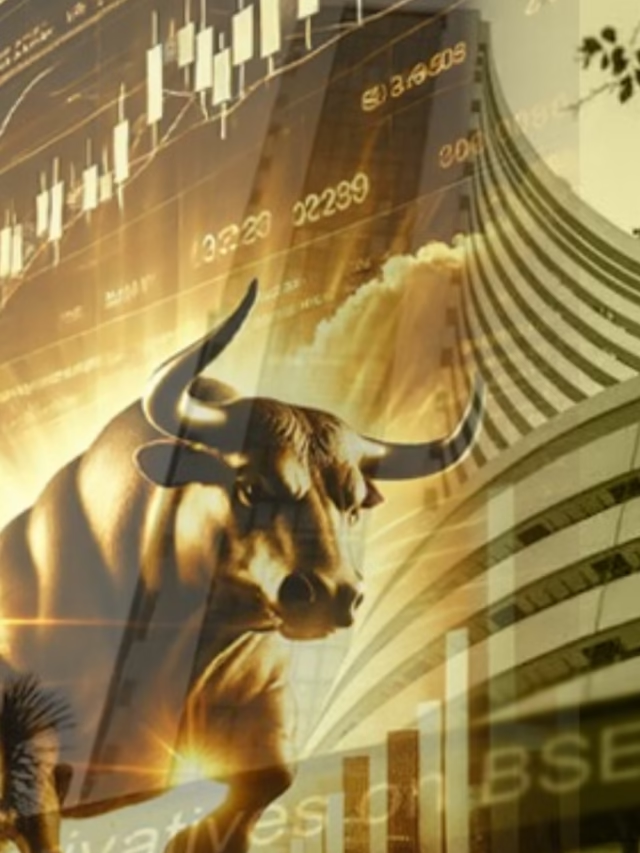India’s economic surge continues to defy global headwinds, with the country’s growth story gaining renewed momentum in 2025. Multiple economic indicators — from manufacturing output to consumer spending — signal a sustained trajectory of expansion. Recent government data and market analyses project GDP growth nearing 7% in the second quarter, fuelled by strong festive demand, buoyant consumption, and improved production across key sectors such as automobiles, electronics, and infrastructure.
Finance Minister Nirmala Sitharaman, addressing a youth economic forum in New Delhi, reaffirmed confidence in the nation’s trajectory. “We’ve moved from the world’s 10th largest economy in 2014 to the 5th today, and we’re not stopping here,” she stated, underscoring long-term reforms and digital transformation as key drivers. Economists suggest that India’s economic surge reflects a unique blend of demographic advantage, fiscal resilience, and private investment recovery, positioning the country firmly on course to become the world’s third-largest economy within the next few years.
Green shoots everywhere
From auto sales to retail consumption, indicators are flashing positive. HDFC Bank’s economic outlook flagged “visible green shoots” of rural recovery, with agricultural activity picking up and non-farm employment improving. Industrial output has been steady, and the government’s infrastructure push continues to attract private-sector participation.
The festive quarter has brought record consumer spending on automobiles, electronics and home goods — reinforcing the trend that India’s middle-class appetite remains resilient despite global headwinds.
Drivers of resilience
Economists attribute India’s growth to a blend of policy consistency, domestic demand and digital transformation.
- Capex push: Government infrastructure projects are creating multiplier effects.
- Digital governance: Platforms like UPI and ONDC are boosting formalisation and inclusion.
- Private investment: Improving business sentiment has revived capacity expansion.
The International Monetary Fund recently reiterated that India will contribute more than 16% of global growth in 2025.
Risks on the horizon
Despite the optimism, economists urge caution. Global oil volatility, tightening monetary conditions and trade disruptions could weigh on exports. Analysts also warn of uneven rural income growth, which may temper overall consumption in 2026.
However, India’s expanding digital economy, fintech exports and clean-energy investments are expected to cushion external shocks.
The road to $7 trillion
Experts believe that with a steady 7% growth rate, India could cross the $7 trillion GDP mark by 2030—surpassing both Japan and Germany. Achieving that will require sustained investment in education, R&D and infrastructure.
Policy stability remains key. Tax reforms, ease-of-doing-business and manufacturing incentives under Make in India 2.0 have already improved investor sentiment, but further deregulation could accelerate the climb.
The human side of growth
For citizens, economic expansion translates to better livelihoods, digital access and mobility. Rising job creation in manufacturing and green energy promises upward mobility for youth across states. Yet experts emphasise inclusive growth — warning that inequality and affordability gaps must be addressed.
Conclusion
India’s growth trajectory is clear: a resilient domestic economy capable of weathering global turbulence. If reforms stay on course and investments continue, India could soon redefine the global economic order — not merely as an emerging market, but as a powerhouse economy leading the next decade of growth.

























